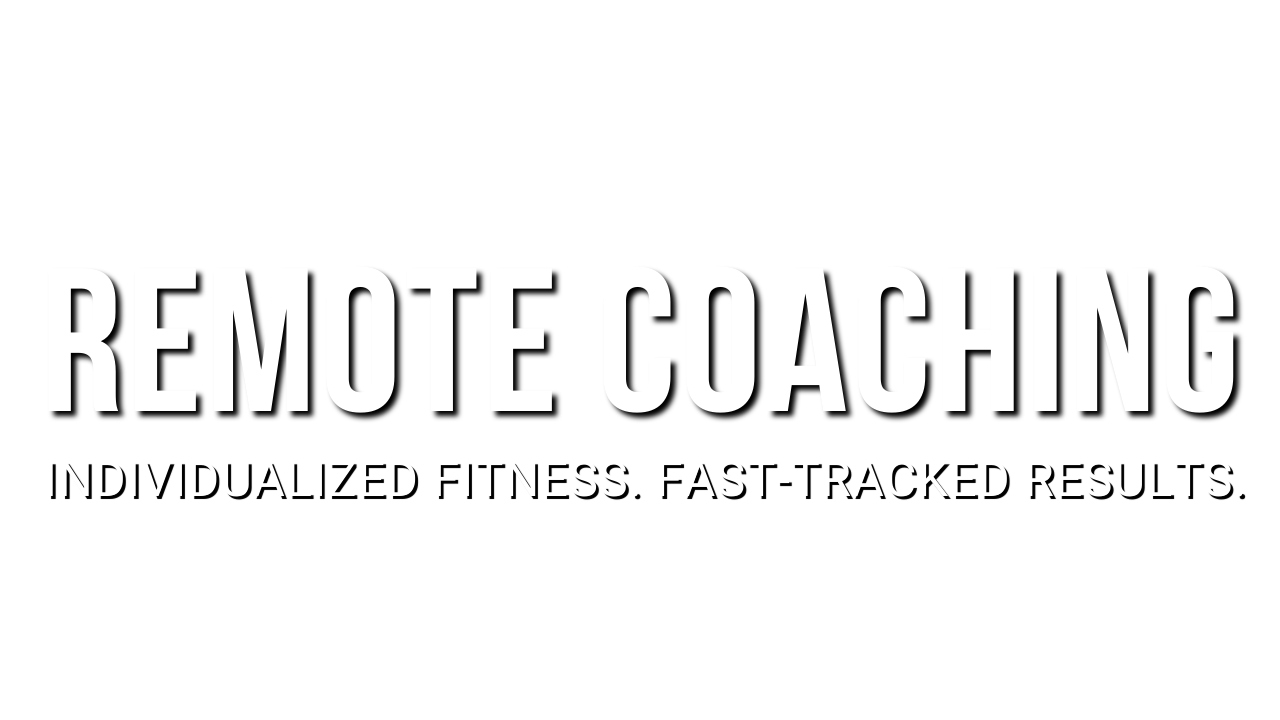Injury Prone Athlete: a person who has a history of tweaks (minor injuries) and/or injuries (major) that prevent them from stacking multiple training cycles and making progressive gains
Every athlete, if they are pushing their physical limits and are in the game long enough, will experience injury.
The difference is some athletes -just as they start making progress- get derailed by a series of tweaks or a season-ending injury.
So the question becomes…
What are the most common injuries in the athlete’s sport, and what can their coach do to limit their likelihood while still adequately preparing the athlete to compete?
Let’s answer this question for the competitive CrossFit athlete.
The Common Ailments
(1) Low Back Tweaks
Hinging (bending over at the waist) is one of most frequently tested patterns in CrossFit.
Even when squatting is tested in MetCons (e.g. Squat Cleans, Overhead Squats, Thrusters, etc.) it still requires the athlete to pull it off the floor each time they break a set.
The CrossFit athlete is required to repeatedly perform “Touch-N-Go” reps with a moderate to heavy barbell at a high heart rate and not have their positions break down.
These demands to breathe & move along with repeat hinging make the low back vulnerable in many CrossFit athletes.
(2) Knee Pain; Deep or Anterior
Another commonly tested pattern is knee flexion.
Frankly, the knees take a lot of abuse in competitive CrossFit, where heavily-muscled athletes are asked to squat maximal weights, perform a high-volume of knee flexion contractions (e.g. wall balls, squat snatches, thrusters) and also tolerate plyometric and bounding activities (e.g. double unders, box jumps, and running).
High volume & high force is a recipe for patellar tracking issues (anterior knee pain & quad tendon irritation) and meniscus damage (deeper pain or catching sensations).
(3) Shoulder & Cuff Irritation
Kipping gymnastics… love them or hate them they are part of the sport.
And in this sport, we are asking athletes who carry a lot more muscle mass through their hips and legs to maintain the same level of joint integrity as a gymnast, yet -likely- without the years of foundational development.
These forces are extremely high even if the movements are performed fluidly, so it’s no surprise that an athlete who is “sloppy tired” in a “for time” environment will have cuff irritation.
The four tiny muscles that comprise of the rotator cuff are largely responsible for keeping the humeral head (ball) in place on the glenoid fossa (socket), so it’s not shocking that falling out of the top of a chest-to-bar 75 times in your Open test will leave your shoulders feeling pissed off.
(4) Wrist Pain
Cleans, Snatches, Jerks, Handstands, Burpees, Ring Dips, Bench Press… there’s a lot of movements in CrossFit that require wrist extension.
And frankly, the Olympic Lifts require your wrist butting up against end range to achieve a stable lockout and overhead position in the snatch and and the jerk.
And if you haven’t been gifted (or taken a ton of time to develop) mobile shoulders, then you’re going to have to “borrow” even more Range of Motion (ROM) from “downstream,” especially in the barbell front rack and overhead squat lockout positions.
Ironically, athletes with qualities that already predispose them to having joint issues (tight, old, male) are also the most likely to be “searching for” more ROM from the wrists.
Then if the athlete does injure that joint (e.g. catches a clean wrong and bruises a bone in the wrist) it’s likely to be a person that is slower to heal.
What causes some athletes to be prone to injury?
• Contraction Strength: the athlete is powerful / fast-twitch (high neuromuscular development)
• Poor Positions: the athlete struggles to use adequate ROM in order to achieve the shapes needed to play their sport
• Chronological Age: an athlete who is older (here, in the traditional sense) will have less elasticity (quite literally) and resiliency for physical change. In other words, older athletes don’t morph their bodies to the demands of the sport (coaches… that Masters athlete will probably always lack t-spine extension).
• Biological Age: an athlete who is “older” here has more hormonal imbalances, more joint abuse due to their lifestyle and overall has aged with less grace
• Muscular Fatigue: An athlete’s local fatigue will prevent them from maintaining optimal motor patterns For example, fatigue in the lats and biceps prevents proper smoothness and eccentric control in a chest-to-bar pull-up, requiring more strength of the rotator cuff to keep the humeral head from thrashing about.
• Diaphragmatic Fatigue: The diaphragm is an important spine stabilizer as it allows IAP (intra-abdominal pressure) to climb and maintain a rigid trunk. A taxed diaphragm -because of demands for breath & movement- means bracing (and spine protection) fades as fatigue climbs.
• Accumulated Fatigue: An athlete with a higher training volume who is sub-optimally recovered for their next session is more likely to have both overuse (chronic) and traumatic (acute) injuries.
Limiting the Likelihood of Injuries
(1) Know the Athlete’s Injury History
A lot of critically-important information can be gathered from conversation with an athlete.
For me, talking with the athlete is always the starting place.
During Onboarding I often say, “Right now, you know you a whole lot better than I know you.”
For an injury prone athlete, I start with talking through their past injuries, looking into what they have tried already to fix these things (identify low hanging fruit), what their movement looks like in their sport (video review), and looking what their current programming (movement selection, volume, frequency, accessories selection, etc.).
Often “simple” fixes show themselves.
If not, still have a clearer picture of my athlete’s needs and we continue to dig.
(2) Analyze a Movement Screen
Each ZOAR Fitness Coach performs a details movement screen (See Example) as part of their intake process for new 1-on-1 clients.
This helps determine if joint freedom, active ROM, or stability are an issue in key patterns for the athlete’s sport.
If there are clear limitations in Shoulder Flexion or Hip Extension, for example, it’s very likely that these deficits will appear in their “sport movements” (e.g. Arch in the Ring Muscle-Up or Triple Extension of the Power Clean)
(3) Perform Intentional Program Design
Below is a 7-Week snapshot of one of my 1-on-1 athlete’s training.
This is copy and pasted out of their actual design, unaltered.
This is a 32 y/o Male who enjoys being competitive in local CrossFit competitions.
Low back tweaks have been a recurring theme in his athletic career, and he has done almost no pulling from the floor prior to us starting together.
Building confidence, tolerance and strength in hinging were high priorities in his program.
You’ll see I run a limiter phase for 4 weeks, before switching to more of a transitional phase to begin the early preparation for a local competition, which will take place in August.


